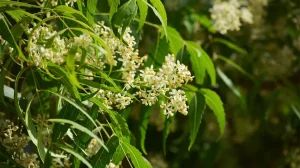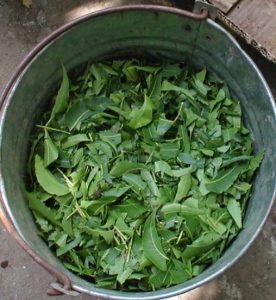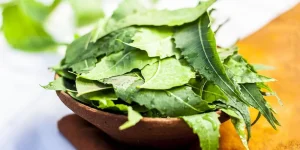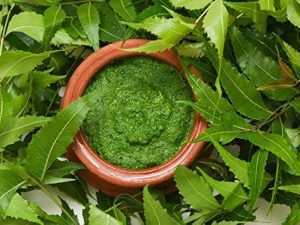
Neem leaf and malaria treatment. Neem leaves, which are derived from the Azadirachta indica tree, are used in traditional medicine for a variety of purposes, including infection prevention, skin care, and dental hygiene. Topical treatments are utilized for skin conditions like psoriasis and acne, while extracts are used to lessen gingivitis and teeth plaque. Although additional research is required to validate these advantages and ensure safety, particularly given that product purity might vary, research is looking into its potential for illnesses like diabetes and malaria.
NEEM LEAF AND MALARIA TREATMENT
Neem tree leaf have been traditionally used in various cultures to help treat malaria due to their potential antimalarial properties. While neem should not replace conventional medical treatments, it can be used as a supplementary remedy. Here is a guide on how to prepare neem tree leaves for malaria treatment:
1. Gather Neem Leaf;

– Choose Fresh leaf: Select fresh, healthy neem leaves from a neem tree. Avoid leaves that are wilted or have signs of disease.
– Quantity: Gather a sufficient quantity depending on how long you intend to use the remedy. Typically, a handful of fresh leaves is a good starting point.
2. Wash the Leaf;
– Rinse Thoroughly: Rinse the neem leaves thoroughly under running water to remove dirt, dust, and any pesticides.
– Dry: Pat the leaves dry with a clean cloth or let them air dry for a few minutes.
3. Prepare Neem Leaf Tea;

One common way to use neem leaves for malaria is to prepare neem leaf tea.
• Ingredients:
– A handful of fresh neem leaves
– 2-3 cups of water
– Honey or lemon (optional for taste)
• Instructions:
1. Boil Water: Bring 2-3 cups of water to a boil in a pot.
2. Add Neem Leaves: Add the neem leaves to the boiling water.
3. Simmer: Reduce the heat and let the leaves simmer in the water for about 10-15 minutes.
4. Strain: After simmering, strain the liquid into a cup, discarding the leaves.
5. Add Flavor: Add honey or lemon to taste, if desired, as neem tea can be quite bitter.
• Dosage:
– Drink the neem tea once or twice daily. It is important to note that neem tea is very bitter, and its use should be limited to short periods.
4. Neem Leaf Paste;

Another method is to prepare a paste from neem leaves.
• Ingredients:
– A handful of fresh neem leaves
– Water
– Instructions:
1. Blend Leaves: Place the neem leaves in a blender with a small amount of water.
2. Blend: Blend until you achieve a smooth paste.
3. Consume: Take a teaspoon of the neem leaf paste daily. You can mix it with a bit of honey to help mask the bitterness.
5. Safety Precautions
– Consult a Healthcare Provider: Always consult with a healthcare provider before using neem as a treatment, especially if you are already taking antimalarial medication.
– Monitor for Side Effects: Be aware of potential side effects, including nausea, vomiting, and gastrointestinal discomfort. If you experience any adverse effects, discontinue use and seek medical advice.
– Use Caution when Pregnant: Neem may have negative effects on pregnancy, including contraceptive effects, thus pregnant women should use it with caution.
Summary
Neem tree leaves may provide additional benefits in the treatment of malaria and can be made into a tea or paste. Neem should not, however, be used in place of traditional medical therapies that are recommended by medical authorities. To guarantee the safety and efficacy of any herbal medicine, always get medical advice before beginning.